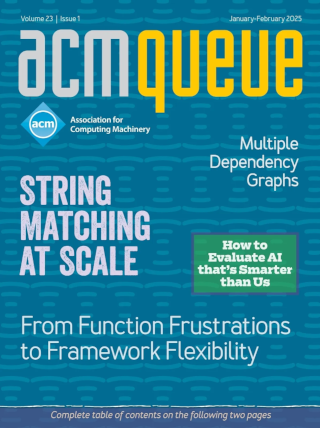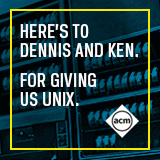
The Surprise of Multiple Dependency Graphs:
Dependency resolution is not deterministic.
It seems like it should be easy to avoid installing vulnerable open source software, but dependency graphs are surprisingly complex. At the time of writing, the latest version of the popular npm tool webpack has millions of potential dependency graphs depending on circumstances during its resolution. The exact graph chosen for a given package can depend on what other software is being built, what kind of system is building it, and even the state of the ecosystem on a given day. As a result, the developer and user of a package may end up with very different dependency graphs, which can lead to unexpected vulnerabilities.
String Matching at Scale:
A call for interdisciplinary collaboration and better-directed resources
String matching can't be that difficult. But what are we matching on? What is the intrinsic identity of a software component? Does it change when developers copy and paste the source code instead of fetching it from a package manager? Is every package-manager request fetching the same artifact from the same upstream repository mirror? Can we trust that the source code published along with the artifact is indeed what's built into the release executable? Is the tool chain kosher?



